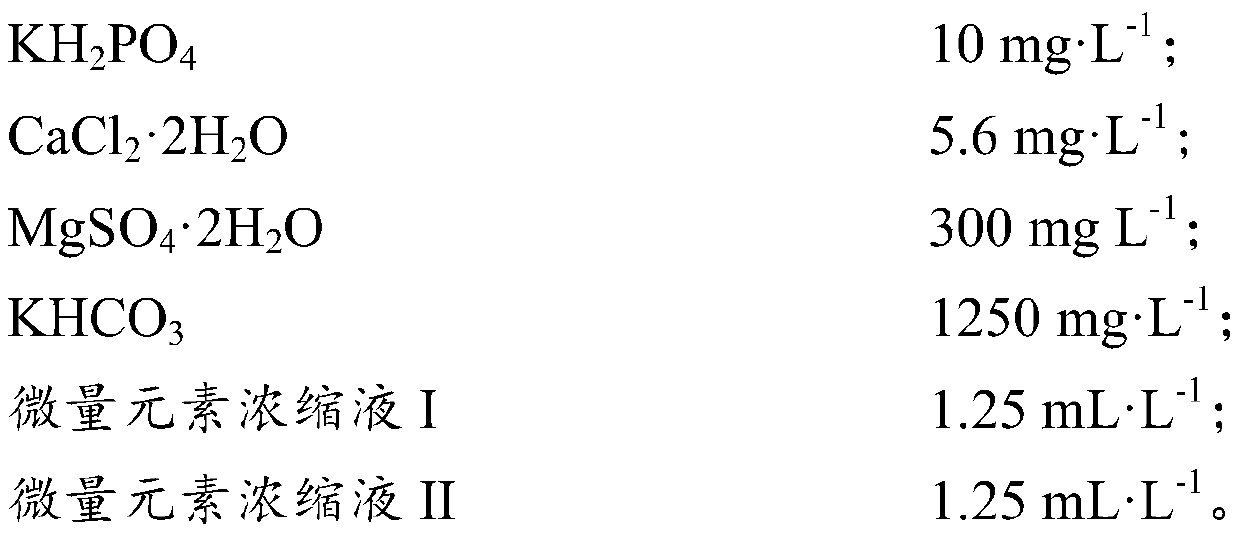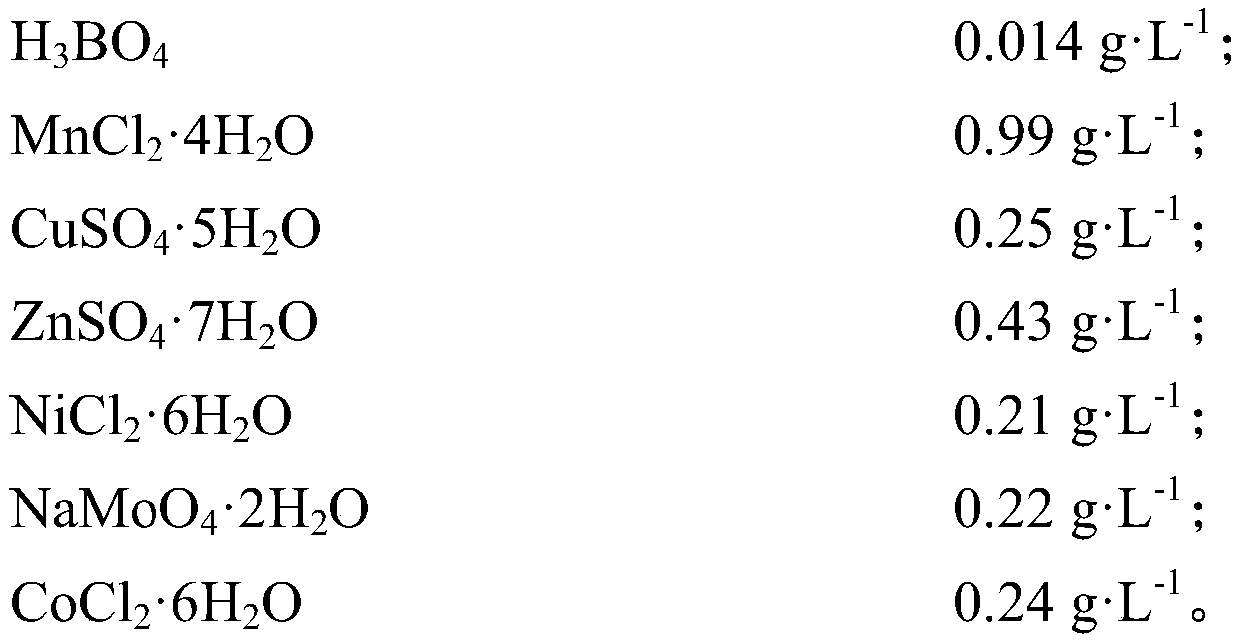Method for culturing anaerobic ammonia oxidation granular sludge resistant to high-concentration spiramycin
A technology of anaerobic ammonium oxidation and spiramycin, which is applied in anaerobic digestion treatment, chemical instruments and methods, and biological treatment adjustment methods, can solve the problems of destroying microbial communities, low biological activity, and low cell yield. Achieve stable denitrification performance, enhanced tolerance, and high biological activity
- Summary
- Abstract
- Description
- Claims
- Application Information
AI Technical Summary
Problems solved by technology
Method used
Image
Examples
Embodiment Construction
[0030] Below in conjunction with specific embodiment, further illustrate the present invention. It should be understood that these examples are only used to illustrate the present invention and are not intended to limit the scope of the present invention. For the experimental methods without specific conditions indicated in the following examples, the conventional conditions or the conditions suggested by the manufacturer are usually followed.
[0031] In an upflow anaerobic sludge bed reactor with an effective volume of 1L, 50% of the volume of anaerobic ammonium oxidation granular sludge was inoculated, and the concentration of anaerobic ammonium oxidation granular sludge was 15.9g VSS L -1 . The reactor operates continuously under the conditions of 35±1°C, influent pH of 7.4-7.7, and hydraulic retention time of 2.25h. The concentrations of ammonia nitrogen and nitrite nitrogen in the influent are both 280mg·L -1 , respectively by NaNO 2 and (NH 4 ) 2 SO 4 supply.
...
PUM
 Login to View More
Login to View More Abstract
Description
Claims
Application Information
 Login to View More
Login to View More - R&D
- Intellectual Property
- Life Sciences
- Materials
- Tech Scout
- Unparalleled Data Quality
- Higher Quality Content
- 60% Fewer Hallucinations
Browse by: Latest US Patents, China's latest patents, Technical Efficacy Thesaurus, Application Domain, Technology Topic, Popular Technical Reports.
© 2025 PatSnap. All rights reserved.Legal|Privacy policy|Modern Slavery Act Transparency Statement|Sitemap|About US| Contact US: help@patsnap.com



